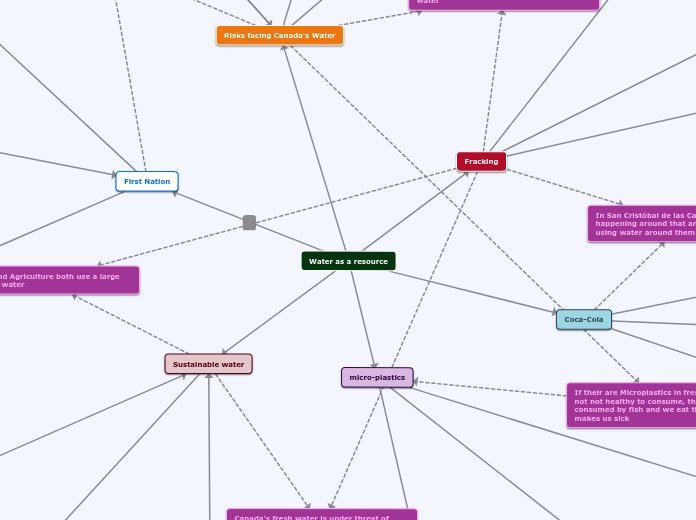arabera Scott Schepp 5 years ago
186
Water as a resource
Water usage and access issues have severe implications globally. Coca-Cola, for instance, enjoys extremely cheap water privileges, a contrast to the scarcity faced by many communities.

arabera Scott Schepp 5 years ago
186

Honelako gehiago